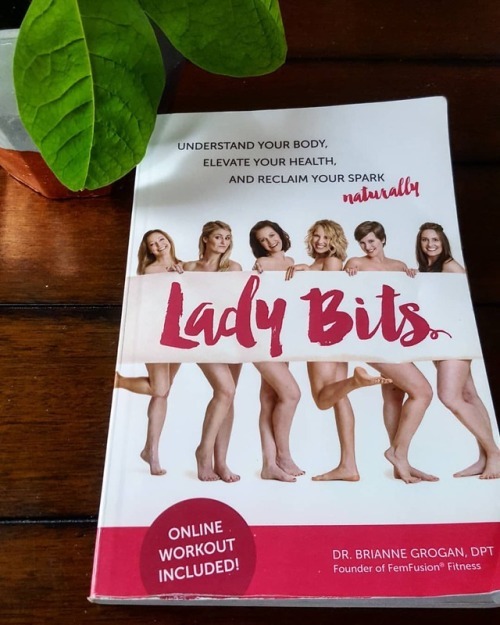I have a lot of weird stuff going on. It feels like ever since I fell off the beaten path, when my skin mutinied and declined to acquiesce to my request of behaving like normal dermal tissue, I fell down my own personal rabbit hole of weirdness and have just been grabbing hold of oddities on my way down.
If someone were to sit me down and be like, so what are you up to these days (and have time for a long-winded answer) this is probably what I would say:
Well -insert name of person inquiring here- , I spend a lot of time overthinking everything. But primarily I spend the majority of my time hanging with my delightful Figlet, witnessing her grow and become her own person, and trying to make sure I don’t fuck that up too much.
I spend a lot of time trying to learn things, lots of things, that I think add to my life in fun and important ways (more on that in a moment), and as a result I spend a lot of time trying to figure out when to read. I wile away the hours trying to figure out when and how to take care of my ever changing body, when to workout, when to drink water, what and when to eat, when to have other self-care items thrown in there. I’m not really good at that yet, but I’m working on it.
Now back to those things I am trying to learn. Well I am trying to learn about death, how it looks in our society, in the world, why we find it so scary, how it is monetized, how it is supported, how it is prevented, how it is avoided. I try to understand my own experiences with death and work to find my own way with it hopefully before it is my time.
In a related subset, trying to learn about being a mom and my own body/mortality has me studying postpartum care, breastfeeding, etc to understand what is happening to me, what dictates the decisions mothers make around their postpartum period. Does it give me all the answers? No, but I don’t think anything ever will. So basically it helps me learn to live with indecision.
I am trying to learn about herbs, partially for self-care, partially because we treat most herbs like weeds when they are abundantly available, healthy, and easy to eat. Like dandelion and plantains. Also one of my friends from childhood is jumping into the learning process with me so we will have a lot of external motivation getting one another to keep learning.
I am trying to learn about sustainability, and what that looks like as an individual, a culture, a society, and a species. I am trying to learn how to grow all my own common veggies, fruits, and herbs in limited space with less-than-ideal conditions, without pesticides or really anything that doesn’t come from the ground or a more traceable circle of life. I am learning how different houses can be made more efficient, through better insulation, maintenance, windows on certain sides of the house, water filtration and storage, available solar enhancements, how to decrease electric and gas usage, etc.
I’m learning about bodies broadly- different schools of thought on how to maintain them, but also keeping in mind goals for what one wants their body to do. What postures are natural for longevity versus important for crazy loads? What diets help what conditions or demands? What home adjustments create healthier lifestyles? You name it. One change we have done is that we now sleep on a bed that is 5 inches of the ground, on top of a fairly hard futon mattress. We decided to try this because we wanted to:
- have more of a movement challenge waking up
- have a mattress that didn’t sag and conform to our bodies but instead provided some resistance
- see if it would help decrease our night sweating (it did!)
- see if it would improve our sleep (maybe it did? or maybe Figlet sleeping through the night more consistently is the culprit)
- see if it would decrease various joint pains we were having (it did!)
I’m one step closer to volunteering with hospice! I had my training this past weekend; next step is the mentoring. I’m excited but also have my reservations of working (for free) under healthcare (as all hospice volunteers are technically unpaid employees under Medicare. For a hospice organization to receive funding, they must employ volunteers). I’m hoping the people I visit are hyperlocal so I am able to walk to their residences, and thus visit for more time.
I am trying to write more (note the increased frequency of posts?!) for my own clarity of mind, and am still occasionally creating poems to capture the more intense feelings I have here and there. I am also reading more for pleasure and curiosity than pure intentional intellectual gain, which feels much more natural and enjoyable to me.
I think I keep circling back to this idea of my life going ferally because it feels like, though no parts of what I am doing are unique alone, the culmination of them is odd and uncommon. I find myself constantly trying to label myself (usually on instagram) to have some way of summing up all I am working on in my life in a concrete way. I usually fail miserably, and end up ranting like a loon, but the show must go on.

